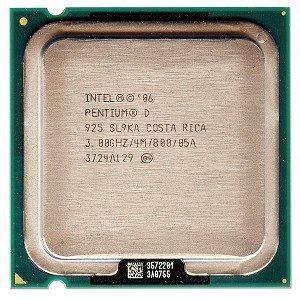Reviewing Zebronics Aviator Gaming Chassis:
The Zebronics Aviator gaming cabinet has been introduced by Top Notch Infotronix. The product page indicates this to be a mid-ATX casing, with a size of 185 x 437 x 466.5 mm (WxHxD). With seven expansion slots and four 120mm fans for cooling, running two graphics cards together for game performance is quite possible.
First starting of with the specs:
| Case dimension | : | 185 x 466.5 x 437 mm (W x D x H) |
| Motherboard configuration | : | Micro ATX, Mini ATX, ITX |
| Drive configuration | : | CD-ROM : 4 x 5.25",HDD : 6 x 3.5", FDD : 1 |
| Optional system cooling fans | : | 4 x 120 mm fans provided |
| Expansion slots and ports | : | 7 |
| Front panel control | : | Power switch, Reset switch, Power LED, HDD LED, Sleep LED, 2xUSB-2.0, mic in and audio out |
| Materials | : | 0.6 mm SGCC |
| Side panel | : | Normal with side fan controller |
| Tool Free | : | yes |
| Net Weight | : | 6.8 Kg |
| Color | : | Black |
| Power Supply (If supplied) | : | Optional |
Features:
Top Panel
Side Fan and fan controller
Blue Glory in the dark
The front panel consists of a steel mesh to allow air for effective cooling and includes a 120mm blue LED fan, for air intake. The side panel has two 120mm blue LED fans for exhaust with a power on/off button. At the rear is a fan for exhaust, thus circulating air from front to back to cool the system components.
While maintaining a simple layout, the cabinet offers a lot of space and slots to play with. Keeping in mind gamers who constantly tinker with their machines for upgrades and accessories, the Aviator series claims assembler-friendly features. Up to four 5.25-inch drives (optical disc drive bays), and six 3.5-inch drives (hard drive bays) can be accommodated - five of which are internal and one 3.5-inch bay is exposed. A built-in SD/MMC card reader is accessible at the front.
Conclusion
Zebronics Aviator is a sturdy well made chassis with an attractive style about it. It should be appealing to those like me who are entering the custom built computer market or people who are looking for a chassis on a strict budget.It was missing some features that I personally like to have in a chassis. The main one is wire management, so that all the cables can be hidden out of the way, however with only one ODD installed I was able to tuck all the wires into the three empty drive bays to keep the system somewhat tidy. As there is no proper cable management available, IMO this chassis was made for budget buyers who use local/generic PSUs. If zebronics improves the cable management facility, I bet this will be the best budget gaming chassis.
Overally, I was thoroughly impressed with Zebronics Aviator for its performance and cost.
Pros:
1. Great Looks
2. Superb Design with pure black interior
3. Top USB, MMC and Audio Jack
4. Two HDD racks out of the five can be removed to accomodate longer graphics card
5. 4 x 120mm cabinets (probably 1k RPM) provided
6. Side Fan Controller is a great option, you can switch it on while gaming and switch it off while normal work like browsing the net, chatting, listening to music, watching a movie, and such
7. Has support for water cooling
8. Price
Cons:
1. Very bad cable management, should be improved
2. Top PSU mounting instead of bottom
3. Should provide a fan option at the top also.
4. Front header cables are very thin and are very prone to damage


















































